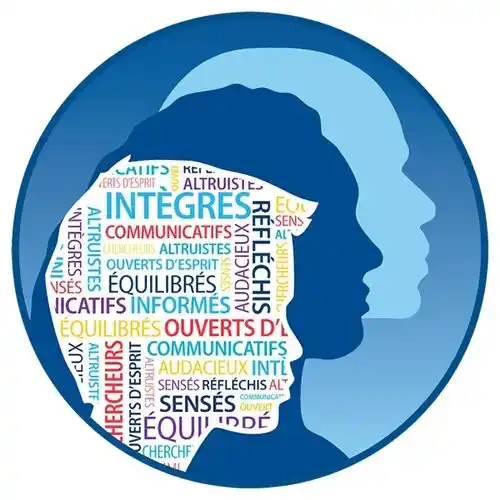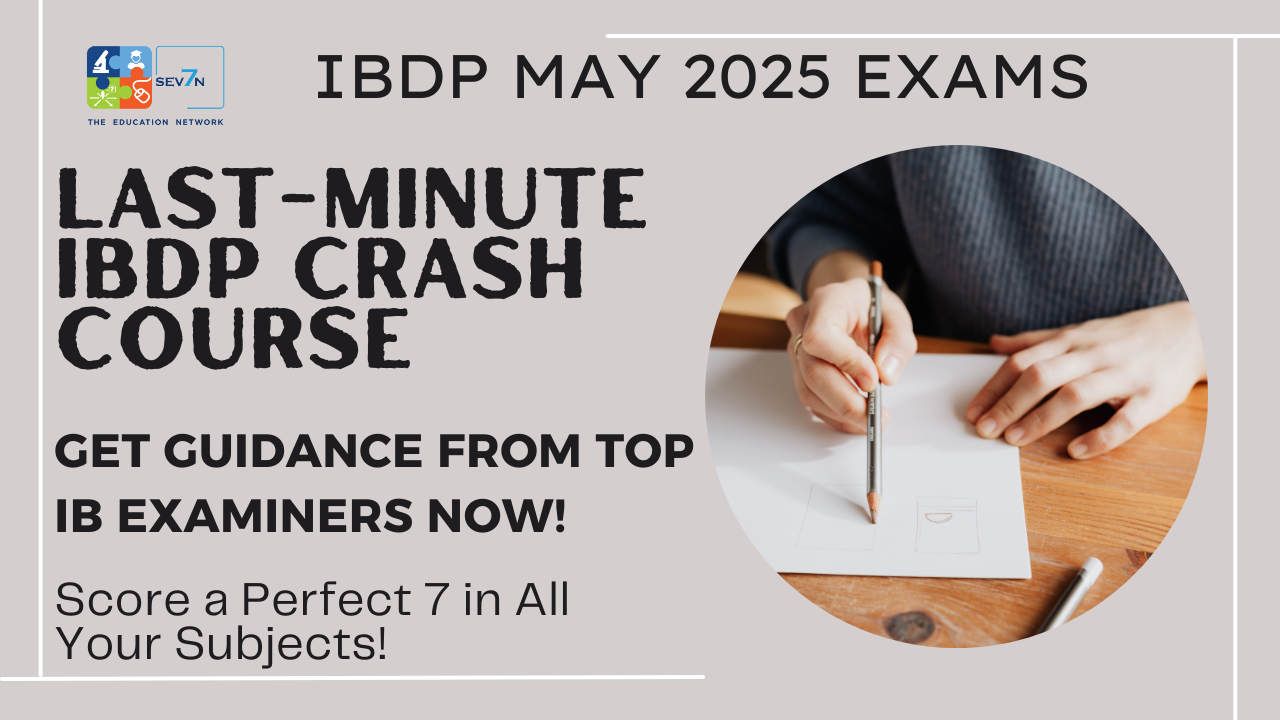“Labels are a necessity to the organization of knowledge, but they also constrain our understanding.” Discuss this statement with reference to 2 AOKs.
As a society, we have become entrenched in labels and we have associated our entire world with descriptive or identifying words or phrases. Labels provide order to a chaotic world by arranging all the knowledge we have using certain schemas and categories. We live in a knowledge society, and play our part to work out the best modalities, to facilitate sound organisation of knowledge using patterns. Constraints refer to limitations to a knower which prevents acceptance of a rationally justifiable claim which may be conflicting with the existing perspectives. These restrictions affect the ability of knowers to fully grasp any knowledge because before even understanding a concept they become prisoners of self definition of the label.
In The Arts, labels help in identifying the class of an art piece which depends on its quality measured in terms of genres, intent of the artist, difficulty in creating an art work or acceptance by audiences. Similarity in Human Sciences labels are associated with the quality of data used to produce new knowledge collected by questionnaire, surveys, anecdotal records. The qualitative and quantitative data is used statistically to make the knowledge more objective so that it has ready acceptance by the community of knowers. Labels depict the associated ideas and emotional connections which further adds to the existing perception.
Labels in the arts can be generalized and shape the reader or viewer’s perspective, making it reductive. In literary art novel associated labels act as a signpost to give potential readers an idea of the subject matter a book deals with, they also prevent certain individuals from reading the novel. Pride and Prejudice for instance, has been considered as ‘classic’ but some of my peers consider it to be fitting more with it being a ‘chick-lit’ as for them the label ‘chick-lit’ implies that the book is exclusively femanine, as it lacks an element of ‘enduring influence’ on the readers. This differing perspective about novels is the result of the changing mindset of society where now females generally enjoy equal social status. Another example of visual art would be the “Fountain” by Marcel Duchamp, a French artist from the earlier 20th century who used a “male urinal” as sculpture by naming it as “Fountain”. The intention of the artist changed the focus of household objects to art due to intellectual interpretation. His contribution was significant in the ‘Dada Movement’ and he is considered the father of ‘conceptual art’. By using the label ‘Fountain’, the sculpture can be perceived as art because the audience has been invited to look at it in a gallery, thus the gallery acted as authority to influence the minds of audiences in accepting a novel idea. Thus labels may or may not constrain the knowledge of audiences in ‘The Arts’ depending on their sense perception making its effect subjective.
 Book Live Online Classes for IB Group 4 Subjects!
Book Live Online Classes for IB Group 4 Subjects!
Classifying arts helps in structuring the available options, such as labelling them as genres but it could be risky as different artists have different ideas which can be influenced by their own culture. Each artwork can have some application for the audience, an example can be seen in ‘The Last Supper’, a famous painting by Leonardo Da Vinci about Christ’s final meal with his apostles before Judas identifies Christ to the authorities who arrest him. It illustrates the scene from the last days of Jesus Christ. This has become symbolic especially to Christians and represents one of the last moments where the divine legacy of Jesus was present on Earth, as described in the Gospel of John 13:21. The painting is acclaimed all over the civilized world as Leonardo’s interpretation of one important event and publicised because of its title. Thus labels associated with art can make it as an evidence to ascertain the faith of believers and at times labels associated with art pieces also become important evidence for the historical past of civilizations.
However, in Human Sciences, the evidence points towards labels constraining our comprehension. Since human sciences is an AOK, it includes geography, economics, sociology, anthropology and psychology which have some unique way of creating and sharing knowledge. Psychology is a controversial branch. In IB, ‘Psychology’ is group 3 subject because it examines the interaction of biological, cognitive and sociocultural influences on human behaviour, though various individuals around the world, while another domain of it which studies human behavior scientifically is referred as ‘Psychiatry’, thus can be included in group 4 ‘Sciences’. Here the label of psychology being ‘scientific’ or ‘prescientific’ affects the credibility of the knowledge. Though psychology doesn’t qualify the 5 requirements- clearly defined terminology, quantifiability, highly controlled experimental conditions, reproducibility. predictability and testability- to be considered as ‘science’, still experiments with human subjects are common to collect statistically reliable data, which is later used to propose theories using objective evidence. These theories have found applications in developing business strategies and behavioural economics, which has helped to maximise the profit and increase the customer base of business organizations. For example, John Stacey Adams is a behavioral psychologist who developed ‘Adams’ Equity Theory’ for motivation, which suggested that workers will naturally compare their efforts or rewards to those of others in the workplace . Each worker should receive remuneration (salary plus fringe benefits) that reflects their efforts. In my BM IA, I chose a business organisation calle ‘eWards’ which was facing high labour turnover and a dissatisfied workforce. I collected quantitative and qualitative data using a questionnaire with suitably controlled subjects through a survey. My conclusion was that in absence of sufficient monetary benefits the workers felt less motivated to complete their work with full efficiency. This matches with the concept of Adams’s Equity Theory wherein if the workers are compensated handsomely tangibly as well as intangibly in terms of job security, esteem, additional responsibility and salary they perform better. The results of my personal data confirms the idea of ‘Cognitive distortion’ according to which, employees felt under compensated and not valued enough and thus felt demotivated enough to leave the organisation. In this situation though the workers themselves do not understand the complexity of the psychological theories still the human natural responses about safety can be felt similarly by all of them due to common sense realism, irrespective of labels associated with it. However, for a business organization it can be an important tool for sustainable increase in their productivity. Appraisal systems in organizations depends on the perception of position values which act as labels.
Psychology is the discipline of human sciences which collects data through human observations and clinical investigations which is analysed in an effort to produce objective knowledge. It has limitations as the statistical methods do not consider qualitative observations which are important to distinguish individuals, due innate biological, cultural, social, economical differences. This is commonly observed in application of psychological theories of crime which ignores the differences in nurturing processes including, cultural, social, economical differences. One size fits all- is not ethically correct (though it may be required for practical purposes of dealing with large numbers- to create objectivity based on inductive reasoning). Misinterpretations in criminal cases is an example where labelling as “normal”, “abnormal”, “habitual” or “professional” constrains our understanding about the personality of an individual. Such deep rooted association of labels becomes stereotypes and result in racial biases to develop in society even in absence of insufficient evidence and due to false or hasty generalizations. Such effects can be seen in the use of psychology to explain beneficial effects of Meditation, mind control activities for relaxation, mental magic, hypnosis (due to placebo effect) and similar events leading to emotion of well being.
📖 Online Tutoring for IB Literature Analysis
Some research suggests racial inequity exists in the United States Healthcare System. According to which, various individuals deal with insufficient care because of the label assigned to them, especially people of colour. Once the people realise that stereotypes are affecting their lives then it leads to revolutions as observed in “ black lives matter campaign”. The death of George Floyd due to the officer’s discriminatory act in the US became the symbol of police brutality and exposed the racial bias existing in society. This caused people to protest across many countries. Due to the impact of a large number of protests against injustice, people wish changes in socio economic systems and power and privileges available to few in the existing political systems. This has forced the US government to put police reform as the top national agenda which requires amendments. So labels do not always constraint understanding but better understanding of the root cause of labels leads to better understanding. Thus it can be concluded that psychology is not so good at predicting and controlling human behaviour.
 Free Online Study Planner with Every IB Course!
Free Online Study Planner with Every IB Course!
Labelling of individuals has been found to produce positive or negative influence depending on the sense perception associated with the label. Negative connotations in labels associated with guilt and shame can change the mindset of individuals in a negative way as observed with many innocent people becoming criminals if they have been convicted wrongly. Positive connotations of labels associated with admiration and pride used by teachers act as motivation for students to work harder and succeed in life. This justifies the idea of linguistic determinism and has also been proven scientifically that emotions can influence brain activity.
In conclusion, even though it is apparent by now that labels can be restrictive and limit our perception, they play a significant role in helping us relate the significance of art to real world situations, limitations due to are evident in methodologies of The Arts andHuman Sciences which further affects the quality of knowledge which further limits our understanding of the world.
📱 Access IB Resources Online Anytime You Need
Bibliography
- Donna L. Roberts, PhD. “Labeling Theory: How Do The Labels We Use Change Our Reality?”. Media Psychology, 2020, https://mediapsychology101.com/2019/10/07/labeling-theory-how-do-the-labels-we-use-change-our-reality/. Accessed 6 Dec 2020.
- Furniss, Clare. “Clare Furniss On Sick Lit And Why Labels In Literature Aren’t Helpful”. The Guardian, 2015, https://www.theguardian.com/childrens-books-site/2015/jan/06/sick-lit-labels-literature-childrens-books. Accessed 17 Nov 2020.
- “Chick Lit And Sexism In Publishing”. Medium, 2017, https://medium.com/yellow-taxi-press/chick-lit-and-sexism-in-publishing-50e02c52028f. Accessed 17 Nov 2020.
- De Lagemaat, Richard Van. Theory Of Knowledge. 2nd ed., Cambridge, 2015.
- “Art Is A Reflection On Society And The Times – Panthernow”. Panthernow, 2017, http://panthernow.com/2017/11/17/art-reflection-society-times/. Accessed 14 Dec 2020.
- Com, https://study.com/academy/lesson/sapir-whorf-hypothesis-examples-and-definition.html. Accessed 19 Dec 2020.
- “Labels And Labeling For Psychological Disorders | Key To Good Health”. Thekeytogoodhealth.Com, 2017, http://thekeytogoodhealth.com/labels-and-labeling-for-psychological-disorders/. Accessed 19 Dec 2020.
- Weine, Stevan et al. “Justice For George Floyd And A Reckoning For Global Mental Health”. Cambridge Core, 2020, https://www.cambridge.org/core/journals/global-mental-health/article/justice-for-george-floyd-and-a-reckoning-for-global-mental-health/BD197ECD27C47F490002668C16B3088B,. Accessed 25 Dec 2020.
- Popper, Ben. “For The First Time, Scientists Can Identify Your Emotions Based On Brain Activity”. The Verge, 2013, https://www.theverge.com/2013/6/19/4445684/brain–scan-fmri-identify-emotion. Accessed 14 Dec 2020.
- “How Data Science Can Win The Debate On Police Reform – Knowledge@Wharton”. Knowledge@Wharton, 2020, https://knowledge.wharton.upenn.edu/article/data-science-can-win-debate-police-reform/. Accessed 23 Dec 2021.






